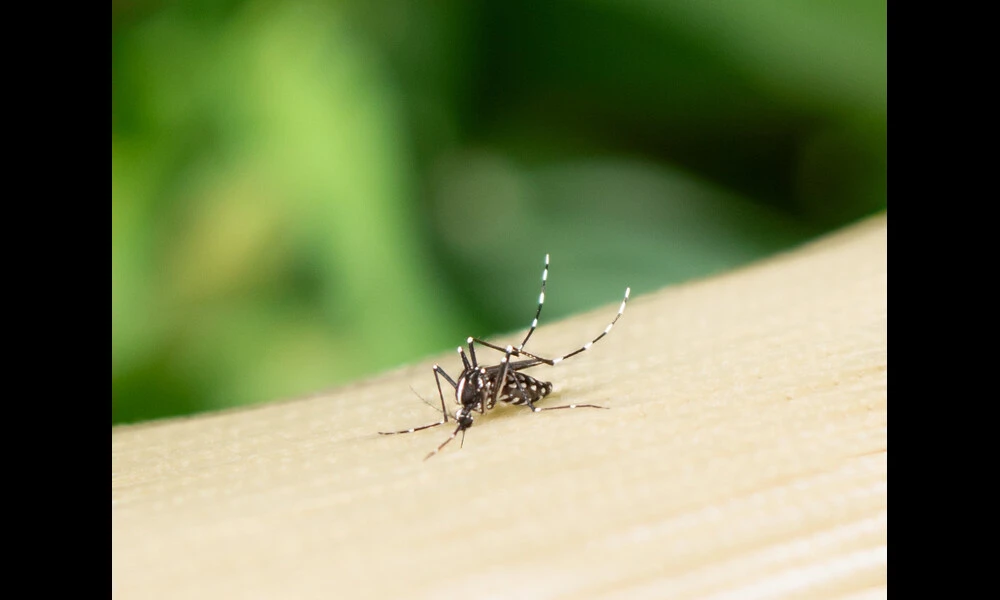Violence Against Women: Study Claims WHO Guidelines Fall Short
Published on Thu Sep 28 2023 Kicking gender-based violence | GPA Photo Archive on Flickr
Kicking gender-based violence | GPA Photo Archive on FlickrViolence against women (VAW) remains a severe and widespread issue, affecting nearly one in three women worldwide. Recognizing the health sector's pivotal role as an entry point for addressing VAW, the World Health Organization (WHO) has developed a VAW Policies Database. This tool evaluates the commitment and responsiveness of health and multisectoral policies towards this global crisis, based on the WHO's guidelines.
The heart of the matter lies in the stark gap between the existence of VAW policies and their actual alignment with WHO recommendations—a disparity that suggests the need for escalated health sector involvement and better-defined strategies within national policies. A recent paper by Burke et al., entitled "Is addressing violence against women prioritised in health policies? Findings from a WHO Policies Database," notes that while 80% of countries have established multisectoral VAW policies, a mere 34% have explicitly incorporated VAW response or prevention as a strategic priority in their national health policies, and only 48% have developed clinical guidelines for health sector response.
These numbers unveil a narrative of inconsistent prioritization from one region to another, with high-income countries often lagging in specifying health services mentioned in VAW policies. The findings call for heightened awareness among ministries of health regarding VAW's public health impact and the urgency of including VAW considerations explicitly in health policies. Particularly concerning is the limited incorporation of services such as clinical enquiry for identifying intimate partner violence, post-rape care, and mental health assessment—a sign that policy dialogues play a crucial role in realigning national strategies with evidence-based international standards.
The sobering implications of the study extend far beyond mere policy presence. They indicate a fundamental oversight in how the health sector operationalizes its response to VAW. With only a minority of national health policies framing VAW response and prevention as strategic priorities, the pressing question becomes: How can systems be galvanized to translate policy into practice effectively? This study sets the stage for critical conversations and action-driven plans to bridge the gap between well-meaning policies and life-changing implementations for survivors of violence.



